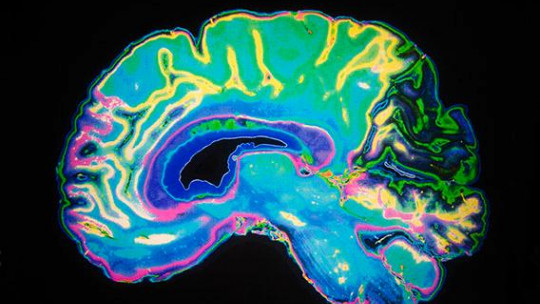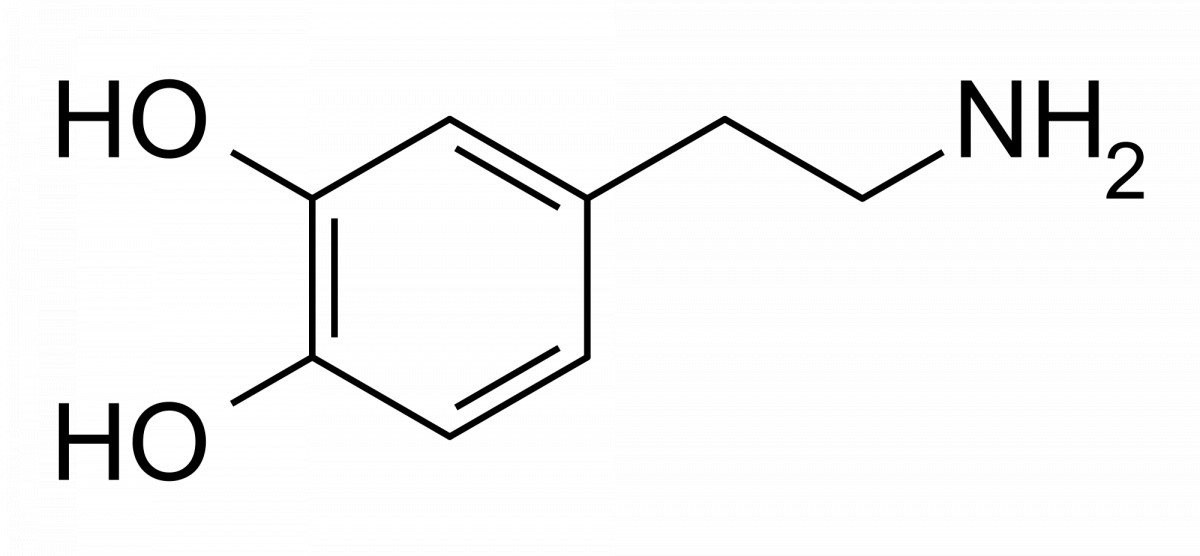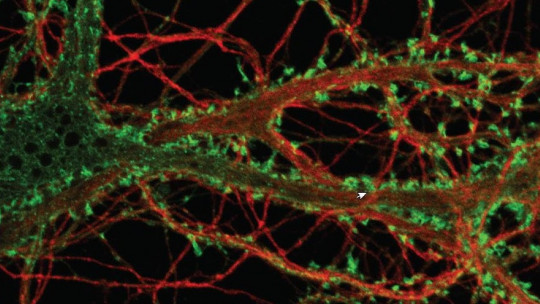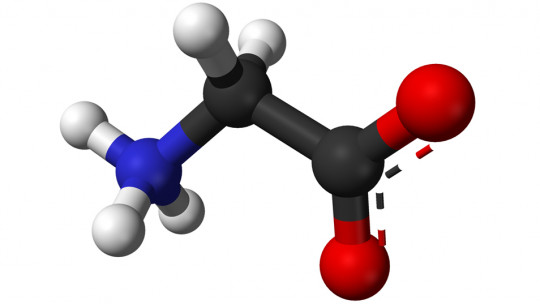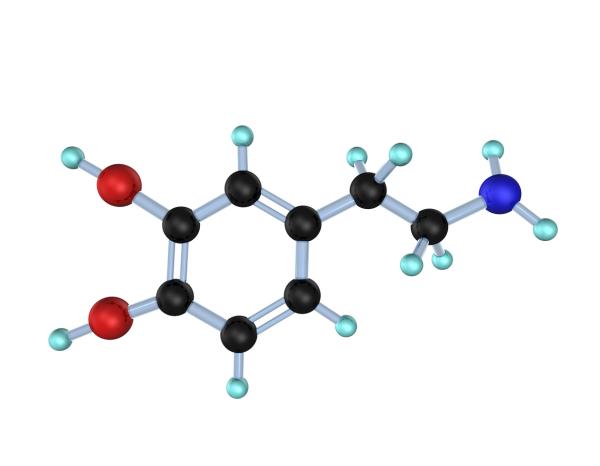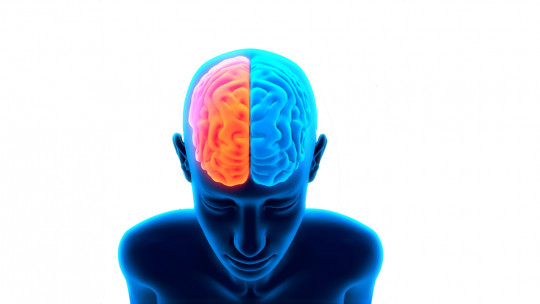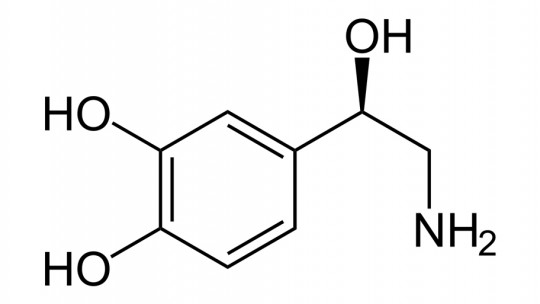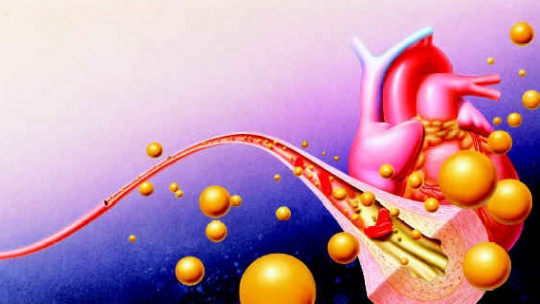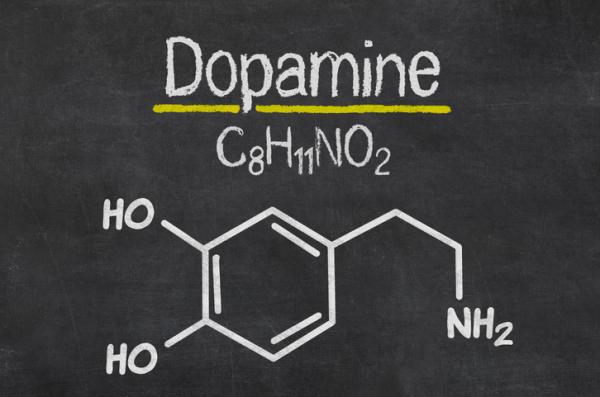The dopamine It is one of the many neurotransmitters that neurons use to communicate with each other. This means that dopamine has a very important function in synaptic spaces, that is, the microscopic spaces in which nerve cells establish connections with each other.
It is a substance produced by the human body itself, but it can also be produced in laboratories. Specifically, dopamine was artificially synthesized by English biologists George Barger and James Ewens in 1910. Decades later, in 1952, Swedish scientists Arvid Carlsson and Nils-Åke Hillarp managed to unravel the main functions and characteristics of this neurotransmitter.
Dopamine: the neurotransmitter of pleasure… among other things
Dopamine, whose chemical formula is C6H3(OH)2-CH2-CH2-NH2is frequently mentioned as the cause of pleasurable sensations and the feeling of relaxation. However, something happens with dopamine and the rest of the neurotransmitters that prevents these substances from being related to a very specific function: they influence, to a greater or lesser extent, the entire functioning of the brain in general, all emotional, cognitive and vital activities taking place at that moment.
This means that when dopamine or any other neurotransmitter is linked to specific emotional states or mental processes, this is because the appearance of the latter is related to an increase in the level of certain neurotransmitters in some areas of the brain linked to that state or process in question.
In the case of dopamine, among its functions we also find the coordination of certain muscle movements, the regulation of memory, the cognitive processes associated with learning and it has even been seen to have an important role in decision making.
The scientific community agrees that dopamine also It is involved in the complex cognitive system that allows us to feel motivation and curiosity about some aspects of life.
1. Dopamine and your personality
But, Does this neurotransmitter have anything to do with the personality of each individual? Well, it seems so. Dopamine could be one of the factors to take into account when knowing whether a person is more introverted or extraverted, more cowardly or braver, or more confident or insecure.
Several investigations support this relationship between dopamine and personality. For example, a study carried out at the Charité University Clinic, in Germany, and which was published in Nature Neuroscience pointed out that the amount of dopamine found in a subject’s brain amygdala could be a reliable indicator of whether he or she is calm and calm, with good self-confidence, or if, on the contrary, he or she would be fearful and prone to stress.
2. Overweight and obesity
In case you haven’t noticed, not all people feel the same level of pleasure when, for example, they taste an appetizing chocolate cake.
Interestingly, people with a tendency to be overweight and obese have fewer dopamine receptors in their nervous system and, consequently, They need to eat more cake to feel the same satisfaction that produces the act of eating something sweet. Let’s say they are less sensitive to addictive flavors. This is the conclusion reached by English researchers, thanks to a study published in Science.
3. The taste for strong emotions
Are you one of those people who enjoy taking risks? Would you skydive? Answering these questions may also have to do with your age, but there is a new element that, from neuroscience, has been detected as an important factor when predicting this propensity to enjoy risks and strong emotions.
Research from the University of British Columbia led by Stan Floresco and published in Medical Daily In 2014 he reported that The greater presence of dopamine in certain brain regions in adolescents caused them to be overly optimistic with their expectations and take too high risks
4. Social status and satisfaction
Using different neuroimaging techniques, a study discovered that the better the social status of an individual, the greater the number of dopamine D2 receptors located in their brain.
This makes them feel more satisfied with their lives and, therefore, act accordingly; The objectives of a person with a good self-image are not the same as those of a person who is more pessimistic in this regard
5. Key to creativity
Several investigations published in PLoS have detected that people with a particularly creative mind thave a lower density of dopamine D2 receptors in a specific brain region: the thalamus.
This part of the brain’s main function is to filter the stimuli received by the cerebral cortex. This would facilitate the neural connections that allow us to associate concepts in a more efficient way, improving creativity.
6. It also regulates memory
Memory is also a brain function that is also influenced by dopamine. Specific, Dopamine is responsible for regulating the duration of information (memories) deciding whether to retain this information for only about 12 hours and disappear, or whether to keep the information for longer.
This ‘decision’ process by which a memory fades or remains in our brain is closely related to the concept of meaningful learning. When we learn something that satisfies us, dopamine activates the hippocampus to retain that information. Otherwise, dopamine does not activate the hippocampus and the memory is not stored in our memory.
7. Boosts motivation levels
Dopamine is often spoken of as the neurotransmitter responsible for the sensation of pleasure, but the latest findings show that its main function could be motivation.
For example, one study reported that the link between motivation and dopamine is true, since showed that the people most focused on meeting certain demanding goals were those who had the most dopamine in their prefrontal cortex and in its striatum.

